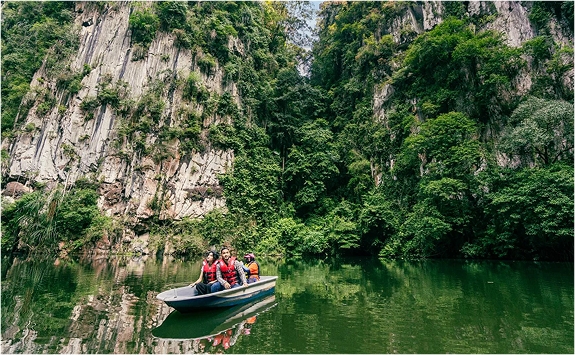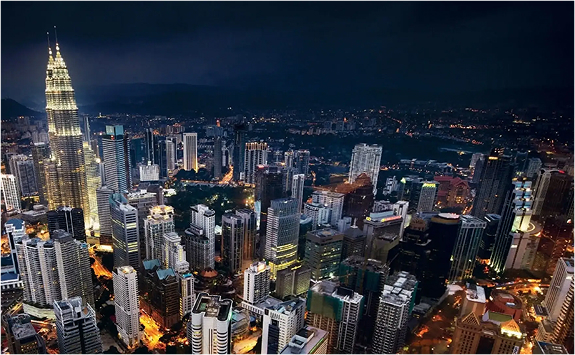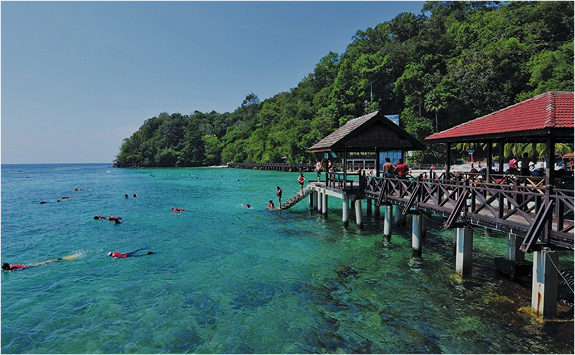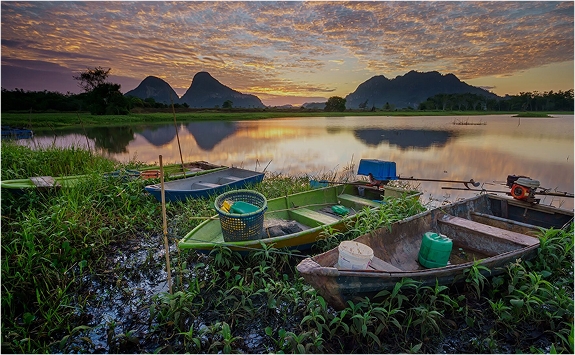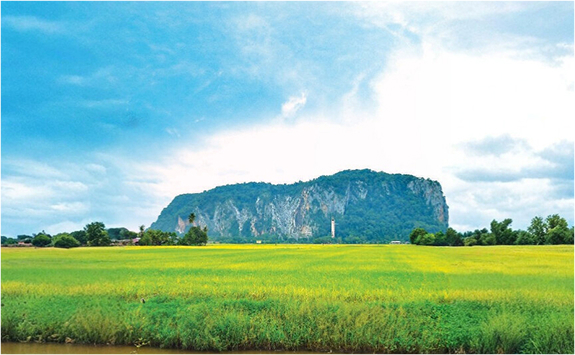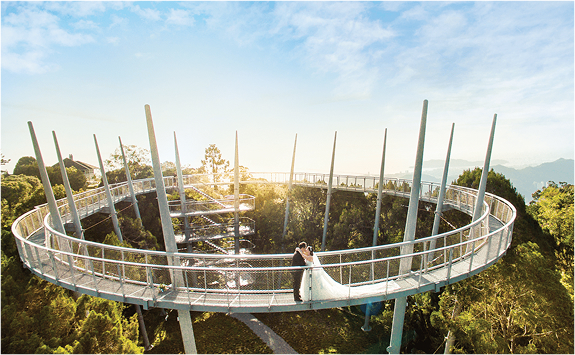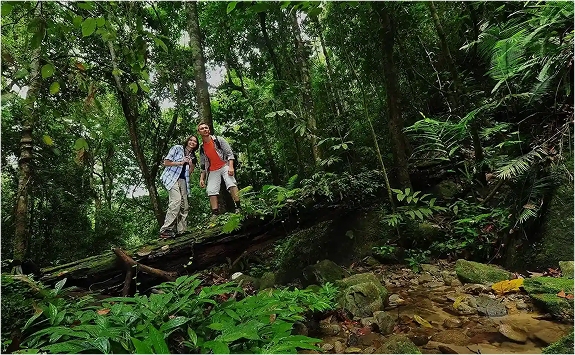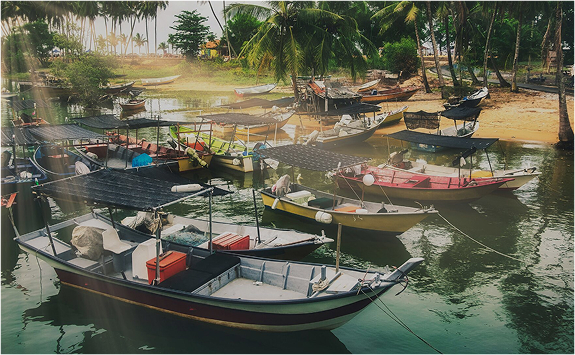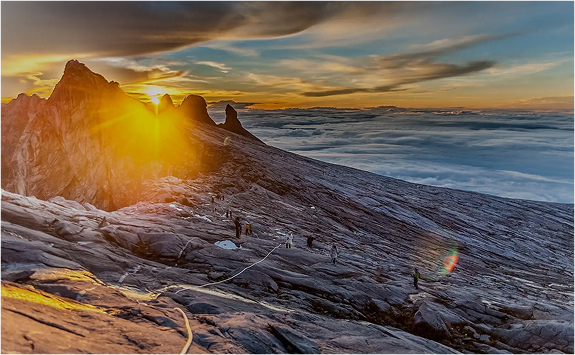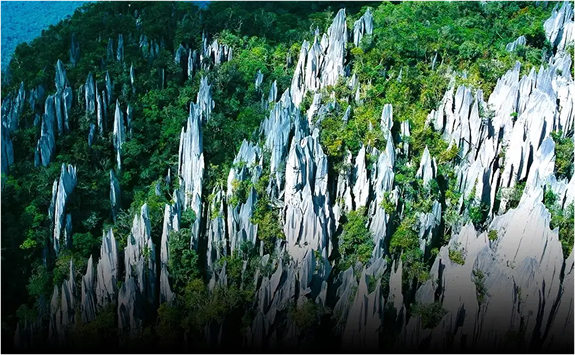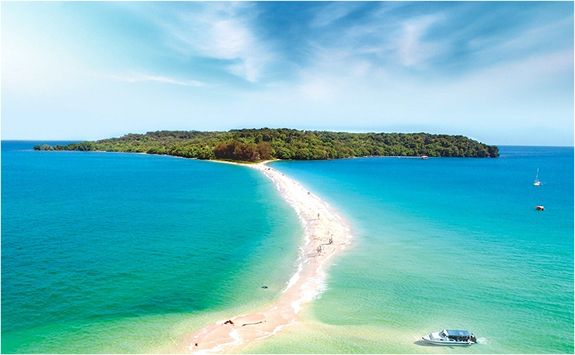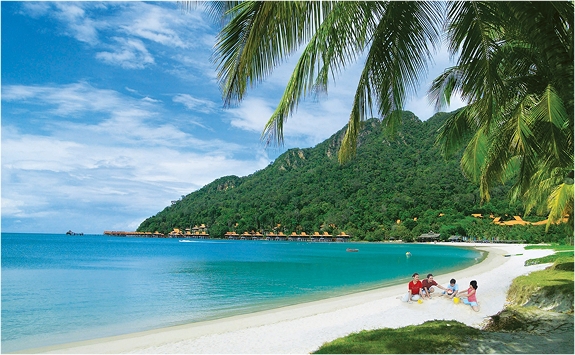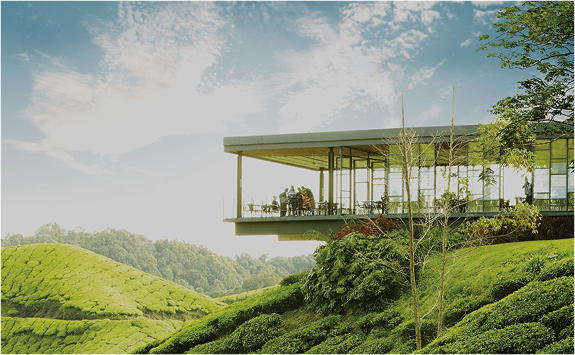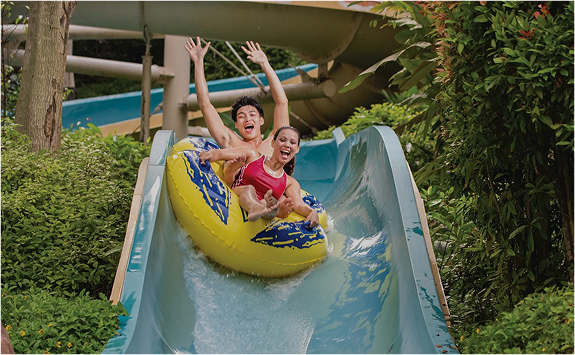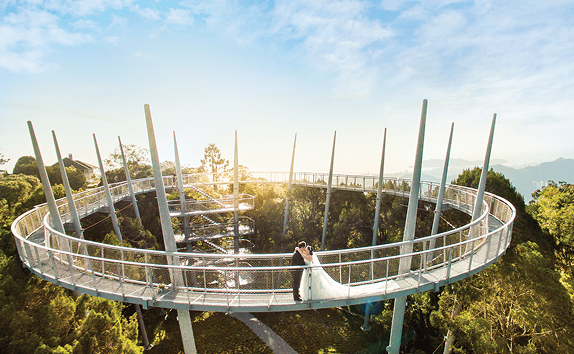labuan
Labuan has long been a military base as well as an offshore financial centre for the Malaysian federal government. The main attraction on this island is its wrecks. Four of them lie spread out southwest of the island. Cement Wreck, a Japanese freighter, does not have the best visibility but will astound you with its soft corals and feather stars.
Contact Info
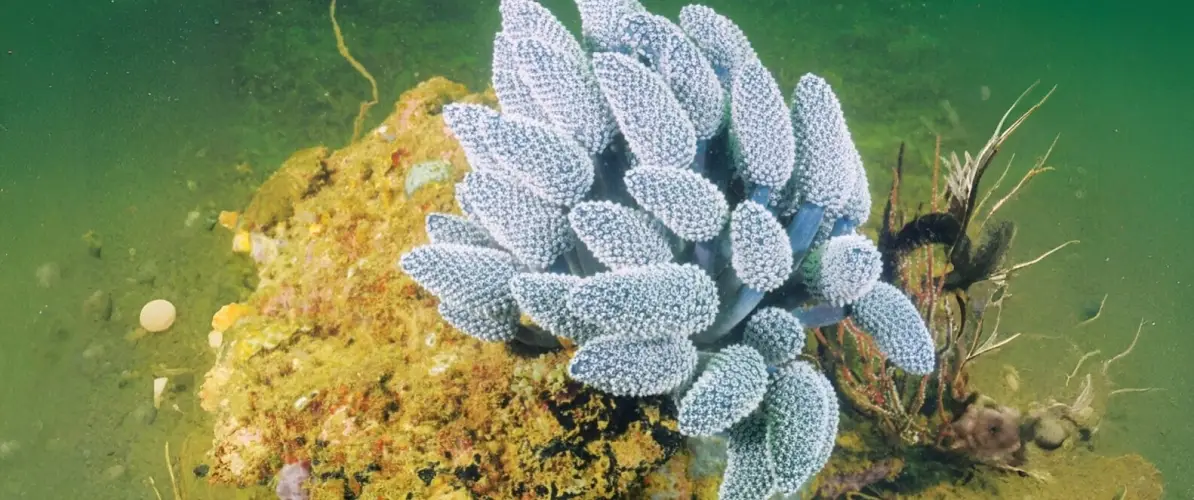
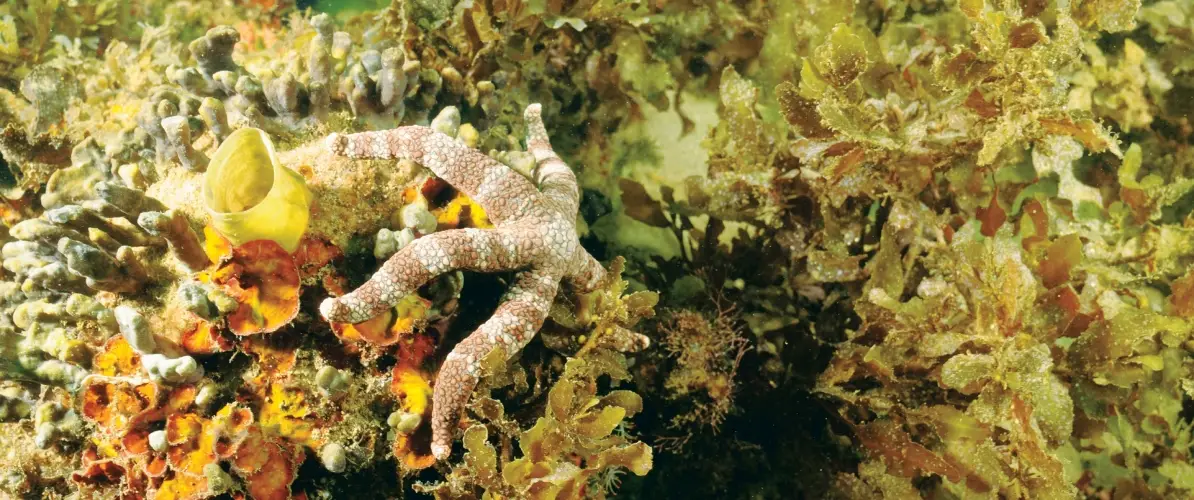
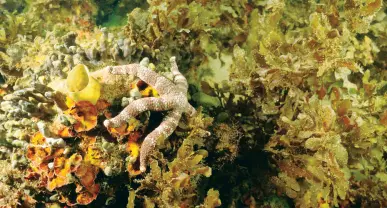
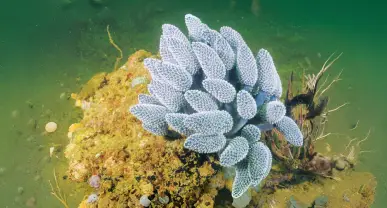
Blue Water Wreck is a two-decade-old Philippine trawler. The corals here are somewhat sparse but a rich number of residents more than make up for this. You will find plenty of cardinalfish, sweetlips, lionfish and even batfish. Within the hull itself, you will encounter large snappers and groupers.
The American Wreck is another wreck in reasonably shallow waters. It is penetrable but only by those possessing a wreck-diver specialty certification. Once again, it is memorable for its variety of fish life that resides in and around the broken hull. Schools of batfish will escort you warily while barracuda, snappers and small sharks lurk inside.
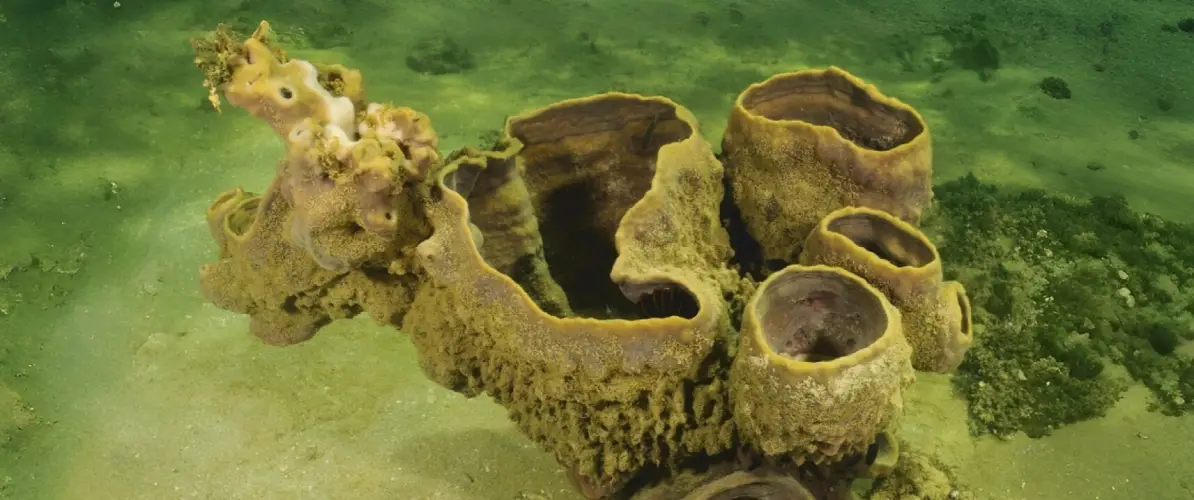
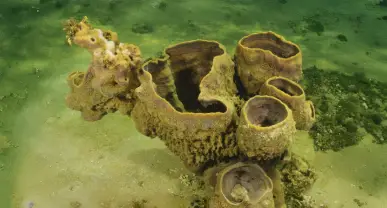
Finally, there is the Australian Wreck. It is actually a Dutch Steamship which sank during World War Two. Your diving in Labuan will probably be most satisfying here as the broken hull exposes a bevy of fish and fauna. Barracuda, groupers and batfish typically encircle the wreck. Inside, you will join a host of smaller fish like hawkfish, angelfish and lionfish. Octopuses and turtles have been spotted from time to time.
The best time to visit Labuan is between April to August. The wrecks are located 40 to 50 minutes by speedboat from Labuan.
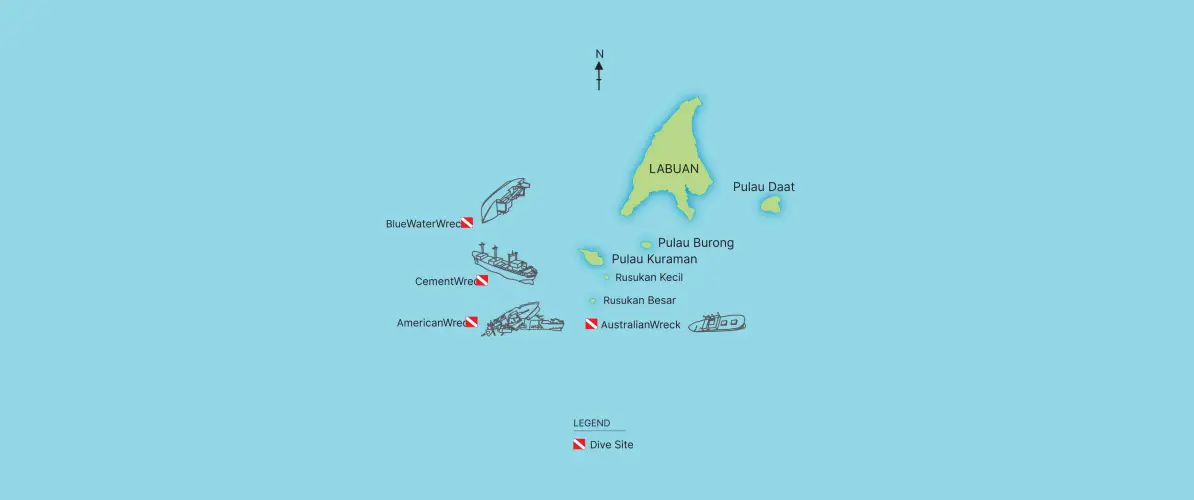
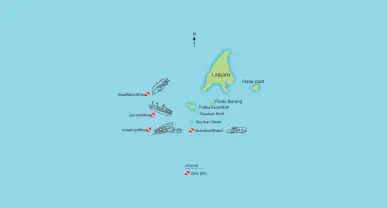
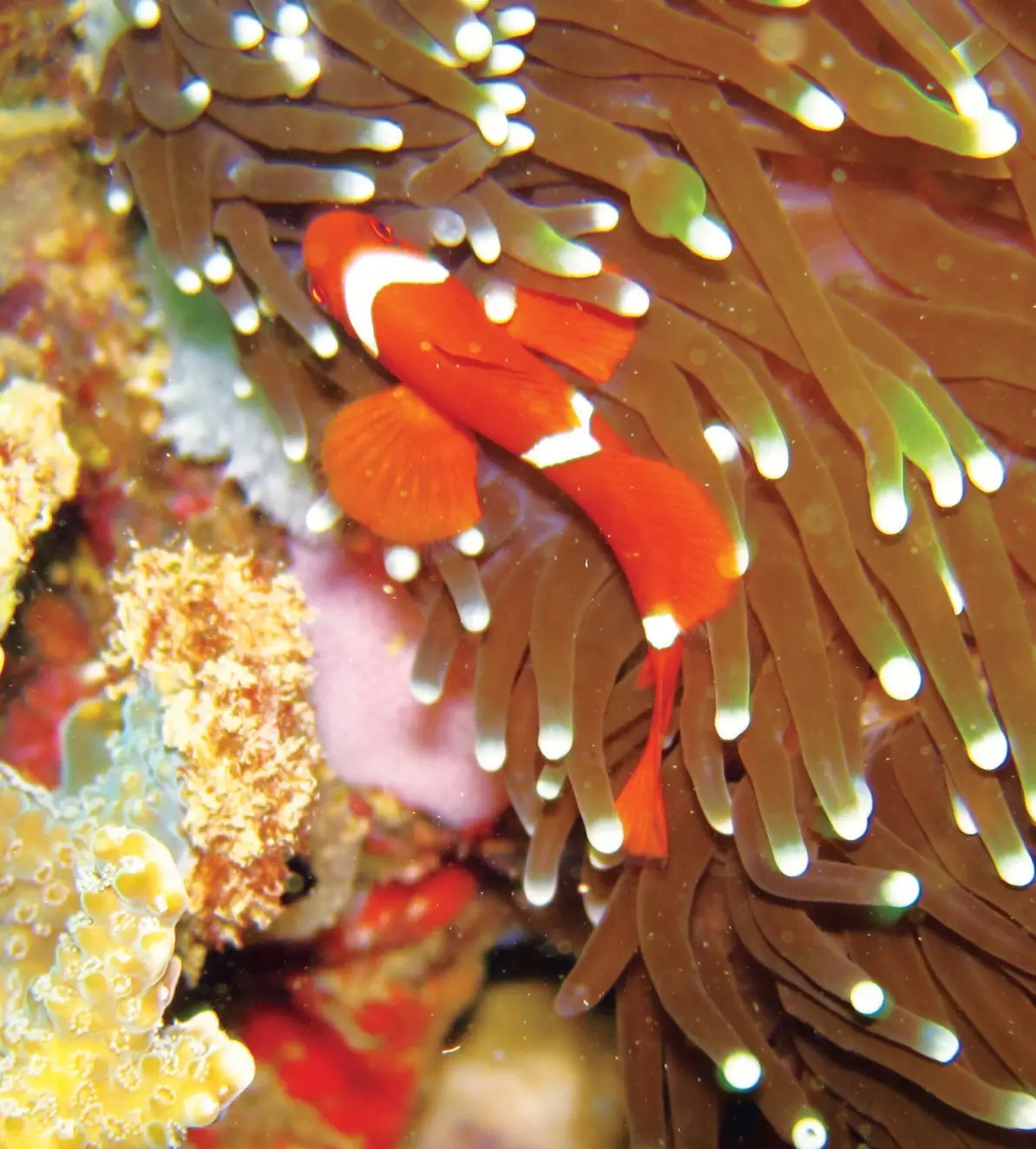
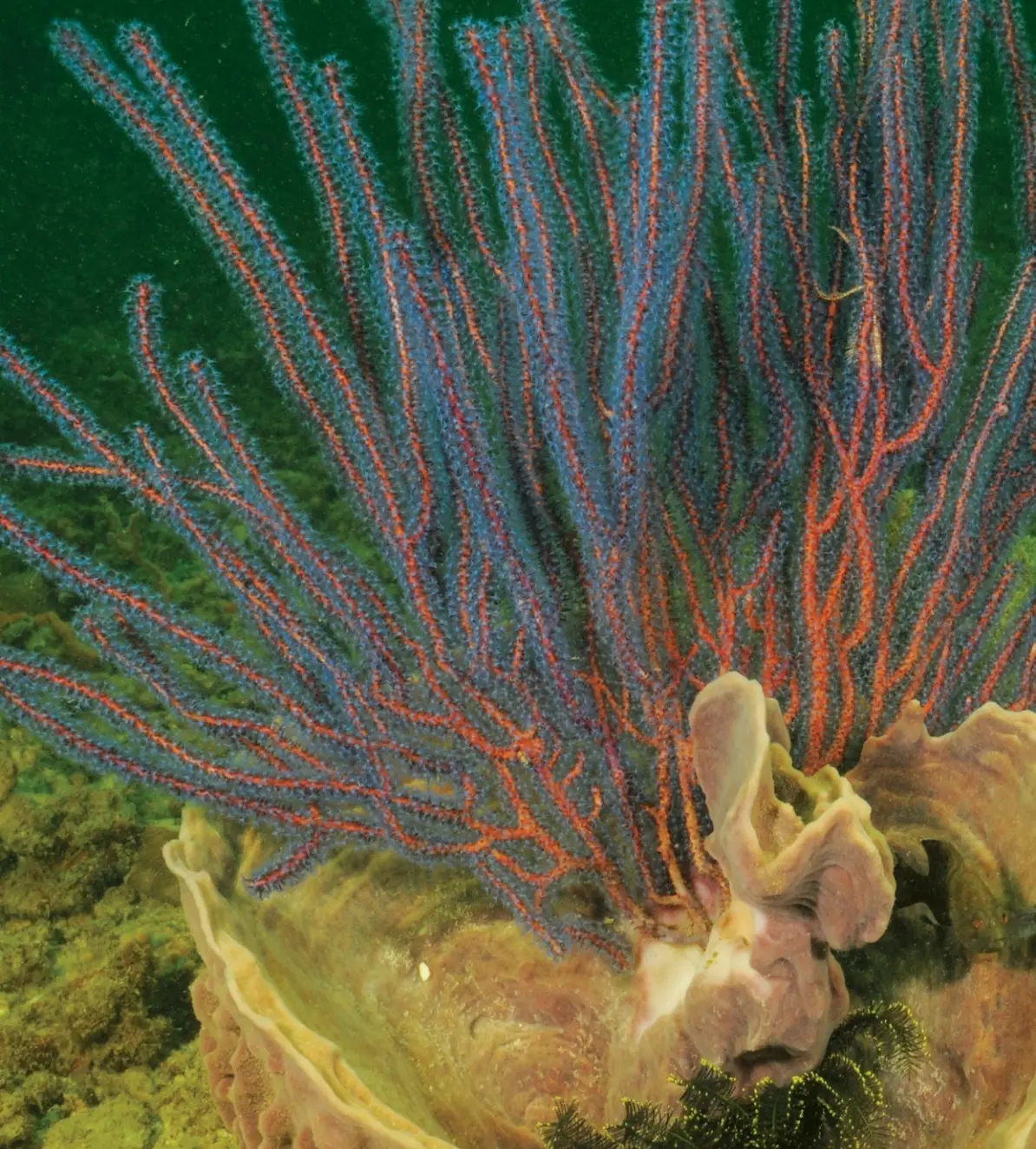
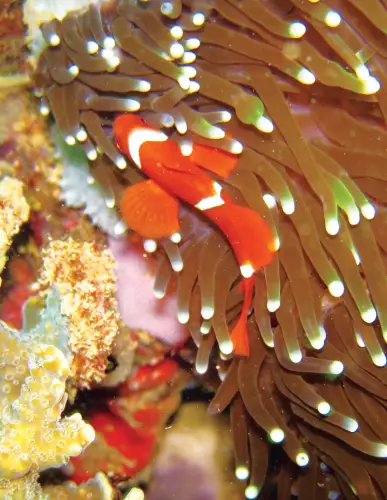
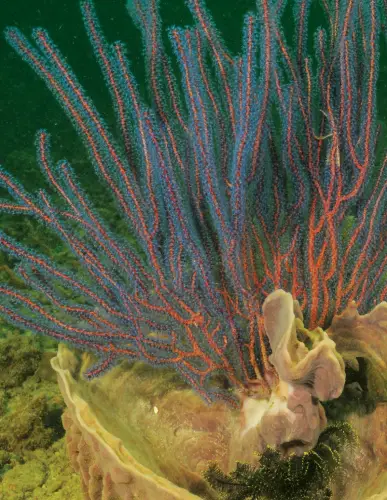
Pulau Payar and its adjacent islands are some of the few locations for good diving off the West Coast of Peninsular Malaysia.
Close to shore, Pulau Kapas and Pulau Lang Tengah are charming islands popular with day-trippers.
For its sheer alluring beauty, Redang remains one of the most popular islands in Malaysia, and a must-see for any traveller keen on exploring the best of Peninsular Malaysia’s diving.
Endowed with breathtaking beauty and superb underwater attractions, Pulau Perhentian is a destination in Southeast Asia with few peers.
Tenggol lies not far from the East Coast mainland, and is an exceptional site to the few who have dived here.
Pulau Payar and its adjacent islands are some of the few locations for good diving off the West Coast of Peninsular Malaysia.
Close to shore, Pulau Kapas and Pulau Lang Tengah are charming islands popular with day-trippers.
For its sheer alluring beauty, Redang remains one of the most popular islands in Malaysia, and a must-see for any traveller keen on exploring the best of Peninsular Malaysia’s diving.
Endowed with breathtaking beauty and superb underwater attractions, Pulau Perhentian is a destination in Southeast Asia with few peers.
Tenggol lies not far from the East Coast mainland, and is an exceptional site to the few who have dived here.

